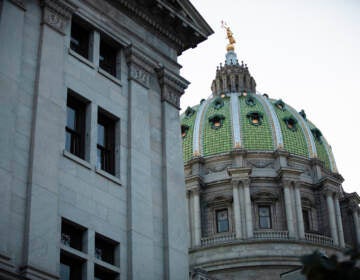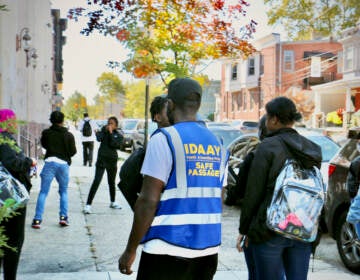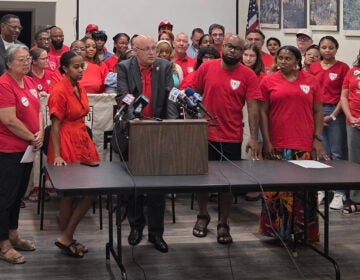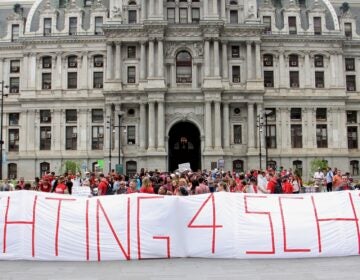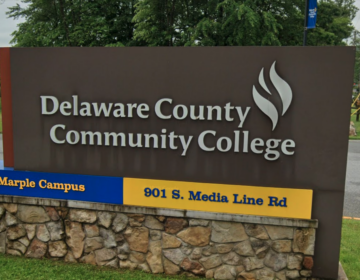‘Why is there no air?’: An inside look at Philly’s early school dismissals amid extreme heat
More than 57% of Philly public school buildings lack adequate cooling systems. As climate change makes extreme heat more likely, students are bearing the consequences.
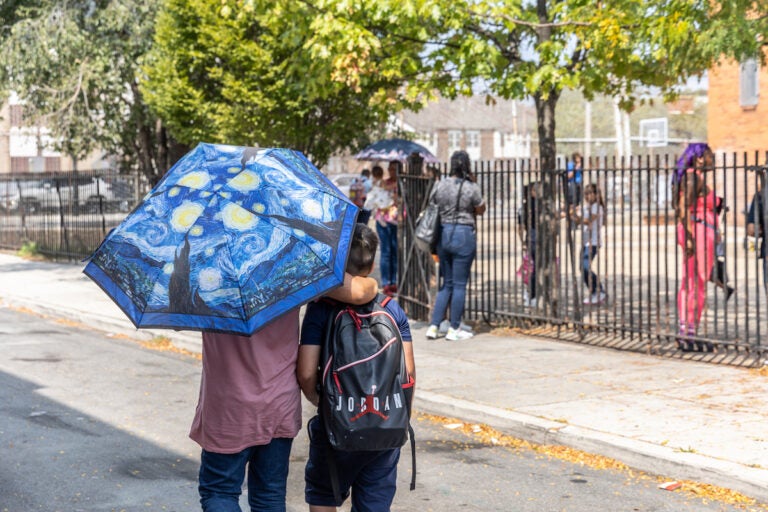
Students were dismissed from the Spring Garden school in Philadelphia early due to heat on September 7, 2023. (Kimberly Paynter/WHYY)
From Philly and the Pa. suburbs to South Jersey and Delaware, what would you like WHYY News to cover? Let us know!
The School District of Philadelphia ended the first week of school under scrutiny over how it handled early dismissals. At issue is whether the district properly planned for the unexpected hot temperatures that led to tens of thousands of students being dismissed early from school the first week.
At its peak, heat index values hit 100 degrees and temperatures soared into the 90’s all week.
The district announced on Sept. 1 that 74 school buildings would close three hours early on the first two days of school because the buildings did not have adequate air-cooling systems to withstand the hot temperatures.
By mid-week, the district announced the list had grown to 86 school buildings, as some schools’ AC units began malfunctioning, forcing them to unexpectedly close early.
The district’s Extreme Heat Emergency Response Procedures go into effect when outside temperatures are expected to reach or exceed 85℉ for one or more consecutive days.
Last week’s early dismissals likely impacted upwards of 38,000 students, based on last year’s enrollment data for the schools that closed early. The district’s list of 86 school buildings included two annex buildings, which are not included in this estimate, and a spokesperson later confirmed that one school on the list did not dismiss early.
At Spring Garden School in North Philadelphia, parents and staff endured the heat as the temperatures climbed Wednesday morning.
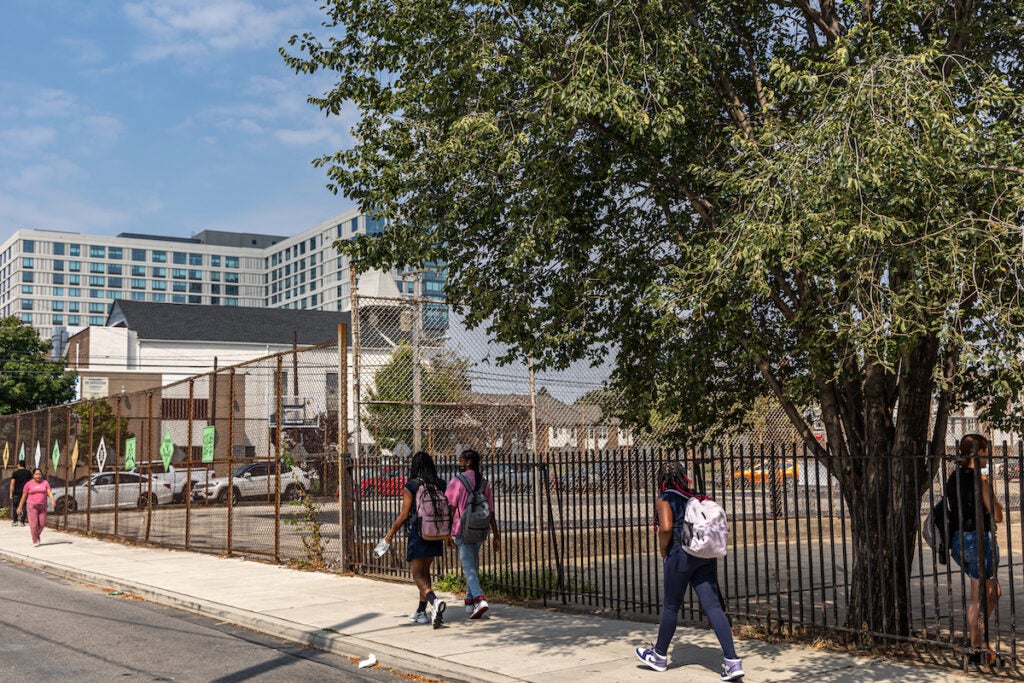
Leetonia Walton arrived to pick up her daughters and their friends.
“They had two whole years during the COVID time to get installation, clean it out, new piping and air in there for them kids! It don’t make no sense,” she said.
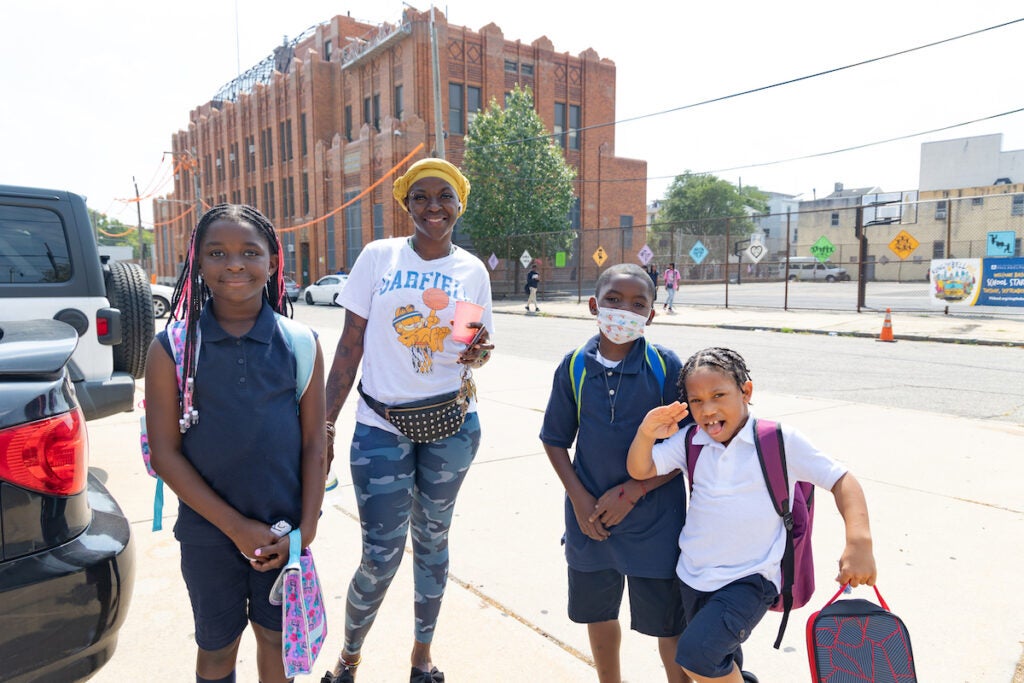
Outside the school, built in 1931, you can see a handful of air conditioning units hanging out of some but not all windows. The school does not have central air, nor does it have AC units in most of the classrooms.
Venus James’ kindergartener attends Spring Garden School. James says that in the short time her daughter was in class, she was concerned for her child’s safety.
“Her getting sick, falling out or being cranky,” James said. “ She still has that toddler behavior.”
The district announced on Wednesday that impacted schools would also close early Thursday and Friday. However, for many parents, picking up their children and finding alternative care options proved to be difficult and expensive.
“It is a pain, I did have to take a Lyft [ride] to come to get here today and pick him up early so that’s extra money that I didn’t have to come get him,” said Tiffany Athy, who had to leave work early and pay for a rideshare service to pick up her son Ryan.
Athy says that the students in her North Philadelphia neighborhood do not have after school care available, which forces many of them to find other child care options — including taking off work to watch their kids and again losing money.
“For single parents, we have to sacrifice work to be with our kids. We are in a no-win situation because if we don’t go to work, we can’t provide for our children and the government doesn’t give us anything,” said Athy.
Walton also expressed concern about her daughters, Azariah and Mahala, along with the other kids’ safety.
She says without after school care available and transportation options for parents to get their kids midday, she is helping other moms by bringing their children into her home.
Her daughter Azariah Gibbs, 9, says it felt cooler outside her classroom than inside.
“It feels too hot, and I feel like I’m sweating. Sometimes they let us get water and they put the fan out,” Azariah said.
Besides the learning challenges, and safety concerns, Azariah said she worries about her sister, Mahala, who has asthma.
“I came and I was really sad and I said OMG why is there no air?” Azariah said.
“Mahala has asthma and she’s going to pass out, and that could happen [because] she can’t deal with the hotness.”
These students and parents’ experiences are not unique.
In all, more than 57% of school buildings in the district don’t have adequate cooling systems or air conditioners.
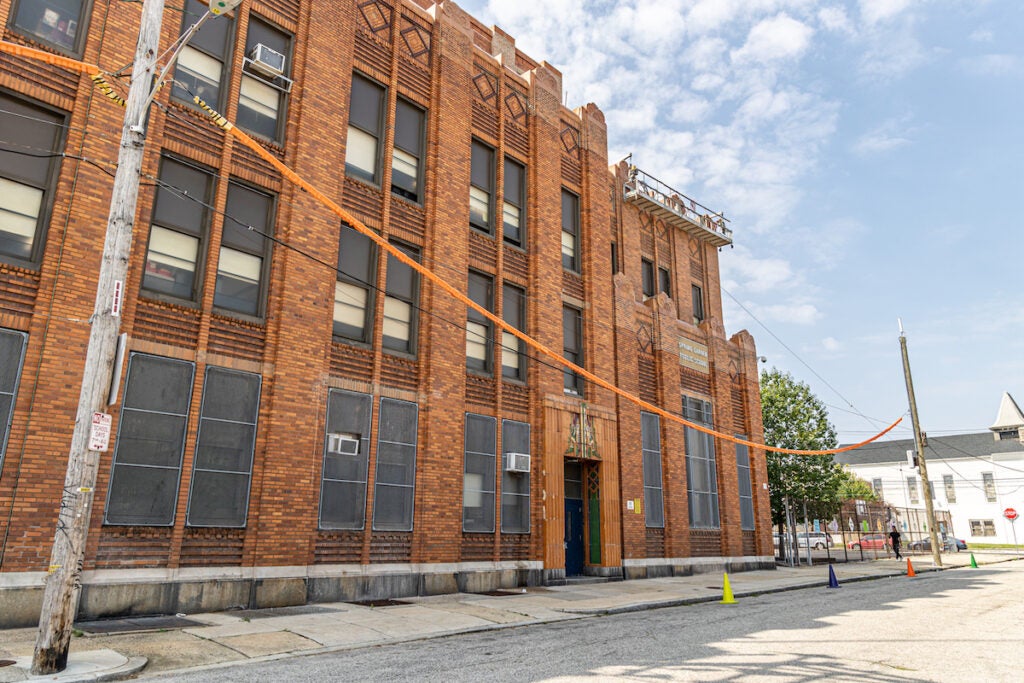
But the question that remains on the top of everyone’s mind is: Why?
For some it’s an easy answer.
“This is a huge symptom of historic underfunding, and one of the best examples I can point to quite frankly,” said School District of Philadelphia Superintendent Tony Watlington, who blamed the issue on a lack of resources.
Watlington says workers did their best over the summer to improve building infrastructure.
“Our team got into the buildings and installed air conditioners in a number of our schools this summer, we don’t want to paint the glass as half empty all the time in Philadelphia,” he said. The district invested $285.7 million to improve electrical and HVAC systems in 23 schools with a focus on those serving elementary students, district officials said.
“We are taking several measures to help maintain healthy and comfortable classroom conditions,” said Oz Hill, chief operating officer for the School District of Philadelphia, in a press release.
But district data suggests younger students may have been disproportionately impacted by last week’s early dismissals.
Approximately 39% of the roughly 75,000 students that attend a district-operated, non-alternative elementary, elementary-middle, or middle school were dismissed early at some point last week, according to last school year’s enrollment data. Meanwhile, fewer than 24% of the roughly 37,000 students that attend a district-operated, non-alternative high or middle-high school were dismissed early last week, according to last year’s enrollment numbers.
WHYY News’ analysis did not include the two annex buildings that were dismissed early last week, which were both at elementary-middle schools.
Buildings built for a different climate
The district has made it clear that the dozens of buildings that closed their doors early last week did not have air conditioning systems, or adequate cooling to keep students in school for a full school day during the heat.
Athy is frustrated by the lack of adaptation.
“I don’t understand why they don’t have air conditioning [units] set up after all these years. Or why they won’t allow some parents to donate air conditioning [units].”
During this investigation, sources shared with WHYY News that in the past individuals were donating air conditioning units that could not be used.
The district sent out a media statement on Thursday stating that they are working on “solving our schools’ heat issues; however, it is not as simple as adding individual window units to classrooms. Plus, the electrical systems at all of our older schools must be re-evaluated prior to adding additional air conditioners.”
We’re encouraging our school communities to refrain from purchasing air conditioners while we work expediently to assess all electrical systems across the district.”
This comment left some parents even more confused and unable to comprehend why the district won’t or didn’t purchase air conditioning units or work with organizations before the school year.
Watlington said the average age of district buildings is 73 years old. For example, Abram Jenks Elementary School, Edwin Fitler Academics Plus School, and Isaac A. Sheppard School — which all dismissed early last week — were all built before 1900.
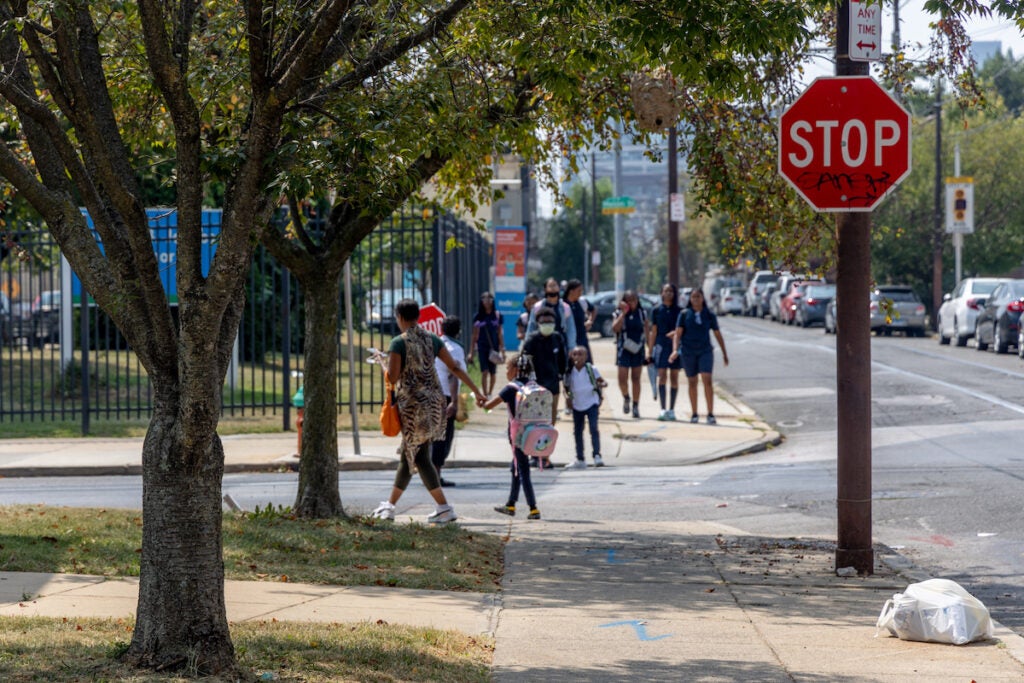
Since then, both the start and end of Philly’s school years have gotten warmer.
Philadelphia’s average temperature during roughly the first month of school — from September 1 to October 1— has risen 2.1° Fahrenheit since 1874. The city’s average temperature during roughly the last month of school — from May 15 to June 15— has risen 2.6° F during that time, according to an analysis of historic temperature data compiled for WHYY News by the nonprofit research organization Climate Central.
“2.5 degrees may not seem like a lot, but we know that even slight changes in temperatures of even less than a degree can have a really significant impact on ecosystems, on our human systems, power grids, our environment,” said Kaitlyn Trudeau, senior research associate for climate science at Climate Central. “So these changes are not insignificant.”
The city is experiencing dangerously hot days at the start of the school year more often. During the last three decades of the 20th century, Philly’s temperature topped 95 degrees in the first half of September on average just once every seven to eight years, according to Climate Central. But between 2013 and 2022, the city got that hot on average once every three years.
Increases in temperature over time can be due in part to the development of more surfaces, particularly pavement and buildings, that trap heat, Trudeau said. But human-caused climate change has raised temperatures around the world.
“Extreme heat, that is one of the most certain things that we can attribute to climate change,” Trudeau said. “The science is very clear.”
Temperatures during the first week of school this year nearly broke records, and were made more likely due to climate change.
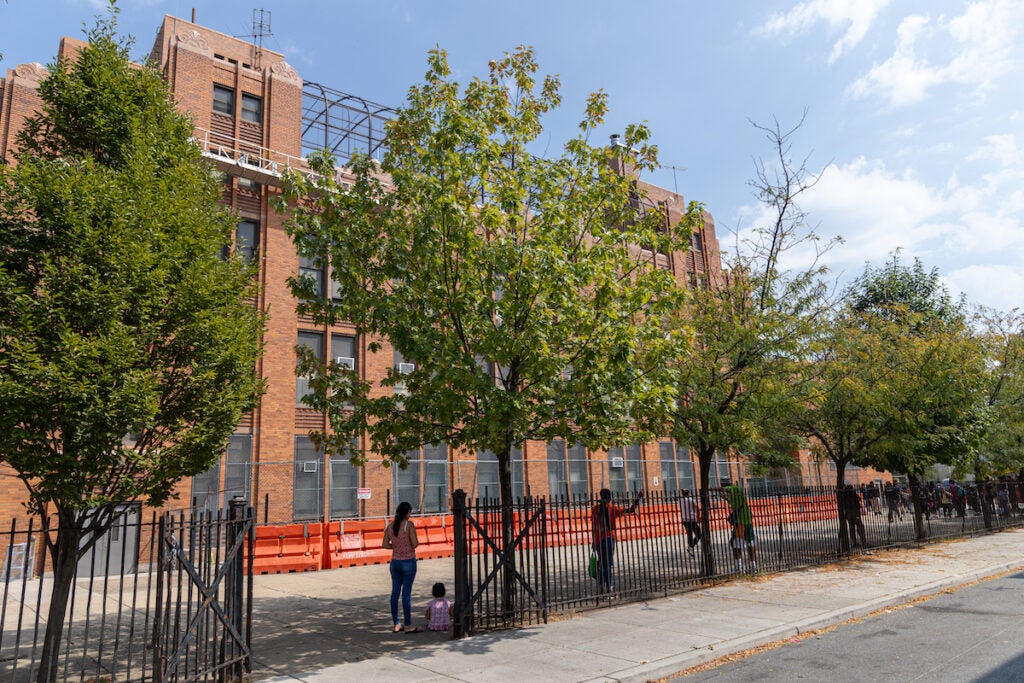
Climate Central’s Climate Shift Index — a rapid attribution tool that Trudeau said uses “models and observational data to compare the frequency of temperatures” in a world without human-caused climate change to those in a world with it — shows the high temperature of 94 degrees on the first day of school last Tuesday was made at least twice as likely due to climate change. The daily average temperatures, including the overnight lows, on Tuesday, Wednesday, and Thursday were made two to four times more likely due to climate change.
“What we’re seeing is that climate change is boosting heat not only in Philadelphia, but all over the world,” Trudeau said. ”It’s getting more extreme. So we’re seeing this more often.”
The learning curve heats up
Research suggests the rising temperatures make it harder to learn, and this impact may be experienced unevenly.
A 2021 study analyzed standardized test scores in dozens of countries and found that students’ scores were lower during years with more hotter-than-average school days.
“Learning is hard enough as it is, under the best of conditions,” said R. Jisung Park, an environmental economist at the University of Pennsylvania and the lead author of the study. “But when it’s hot, either during an exam or in the classroom [before the exam], it appears to be quite detrimental to student performance.”
In the U.S., Park and the other researchers found the effect was most pronounced for younger students. They also found the effect greatest for low-income school districts and Black and Hispanic students, a pattern they attributed to disparities in access to air conditioning.
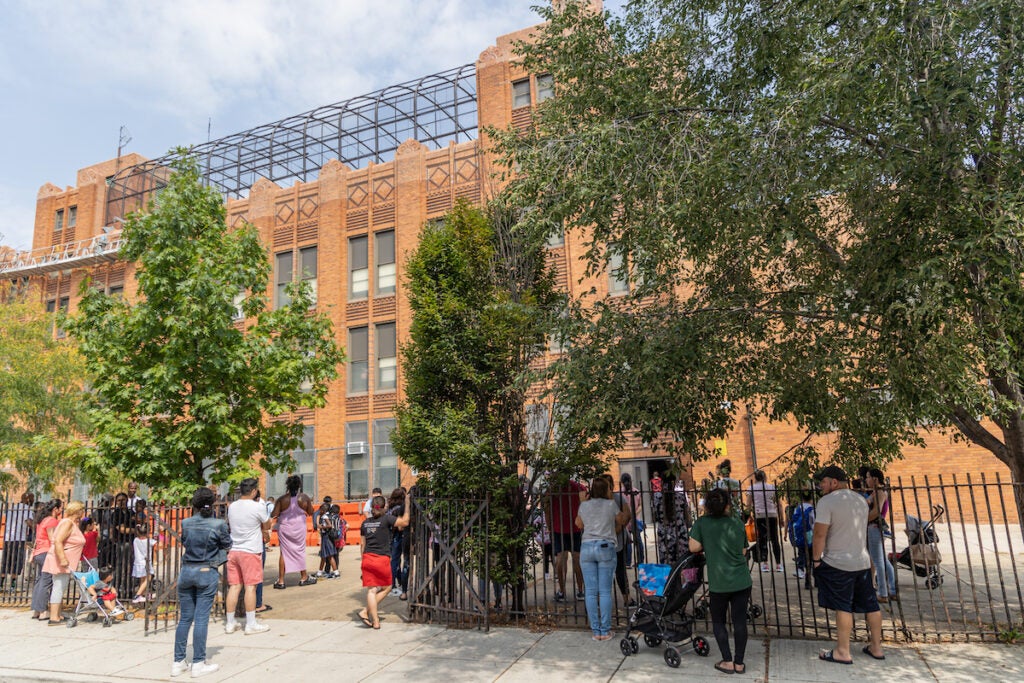
Walton agrees — she says she feels neighborhoods like hers across the country are most likely to endure this.
“It’s wrong. It’s only the urban community kids that are suffering and getting a lack of education and it’s not right.”
In a previous study, Park and the other researchers found through a nationwide survey that Black and Hispanic students were more likely than white students to attend schools with inadequate air conditioning. The same pattern held for low-income students compared to higher-income students.
“Much of our infrastructure, both in Philly and in other cities in this country and in other countries, too, is typically adapted to yesterday’s climate,” Park said. “At least according to our data, [the impacts of warmer temperatures] may be adding up in silent and unequal ways.”
Landon Phy attends South Philadelphia High School, and says he and other students in his neighborhood are accustomed to not having air conditioning.
“We’re pretty much used to it because at our last school we didn’t have much air conditioning.”
Phy is one of several students who told WHYY News in the past week they have given up on the thought of ever getting AC units in their schools, anytime soon.
“That’s their choice, I don’t think much of it,” Phy said. ”It’s how life is.”
Phy’s mom, Donna Collazo, told WHYY News Tuesday that she is disappointed her son is so resigned.
“Can you make it so I want to be here? It’s sad they can’t get a regular education they should’ve had air conditioning years ago.”
WHYY News has asked the district to provide a cost estimate to upgrade each school without central air conditioning, but were told those numbers are being examined.
When asked why the schools have not been adequately prepared in time for the new year, the district provided information regarding the master plan.
It shows the superintendent, because of the transition into his new role last summer, launched a new District-wide Strategic Plan in the spring of 2023 — the timeframe for the Facilities Master Plan.
“Because the Facilities Master Plan will need to align with the District-wide Strategic Plan to ensure that schools and buildings best support the vision for academics and high-quality learning environments, we will pause the FPP until the new Strategic Plan is closer to completion,” said Superintendent Watlington in a March 22, 2022 letter to the district.
But Watlington says it’s worth having the students come, even if it’s for a half day.
“Because we are usually able to get school started in the morning and get the students lunch,” said Watlington.
“They still don’t get as much learning as losing that time in the afternoon, due to early dismissal but it counts as a school day…on the 180-day calendar it meets the commonwealth guidelines.”
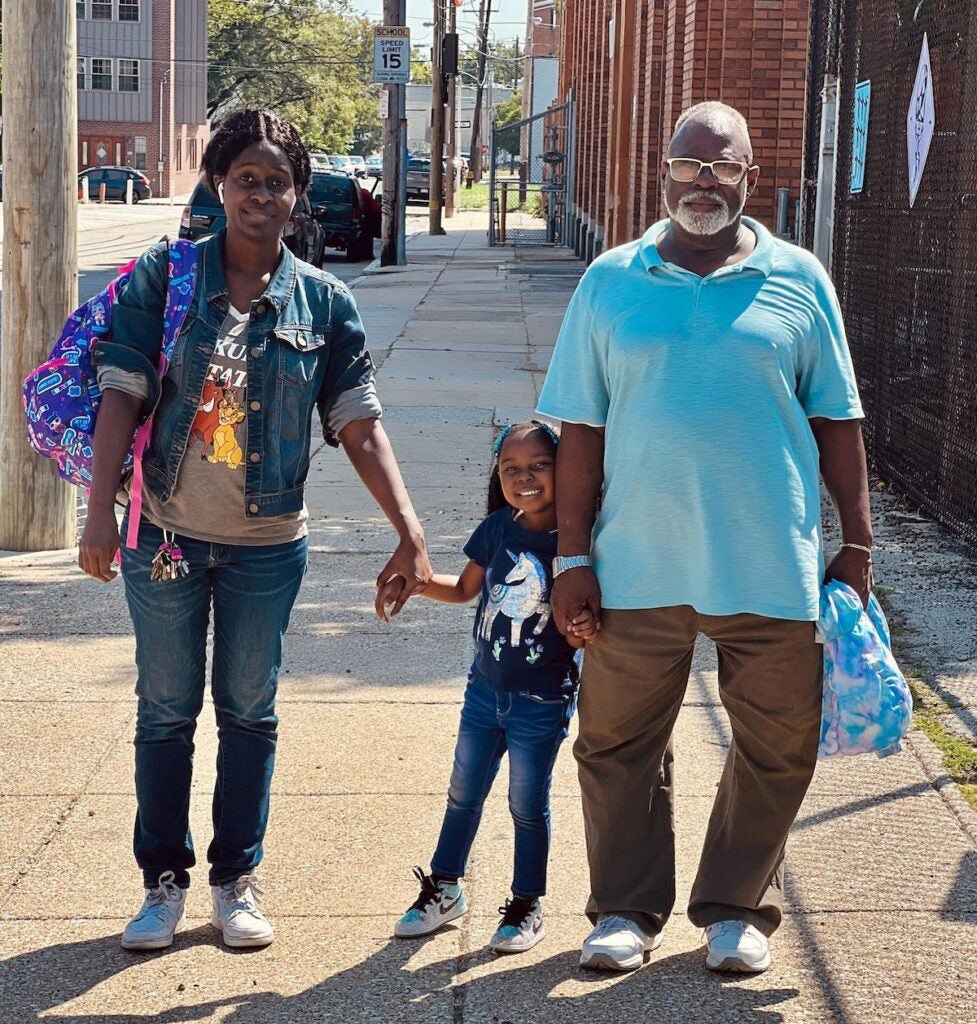
Despite these challenges, Philly native Harold James, who joined Venus to pick up his granddaughter, says everyone must remain hopeful.
“I don’t think it’s hopeless, it’s a chance to make things better, that’s what we are looking for, a better system, better education. So these kids don’t have to worry about coming to school and then going home,” James said.

Get daily updates from WHYY News!
WHYY is your source for fact-based, in-depth journalism and information. As a nonprofit organization, we rely on financial support from readers like you. Please give today.


